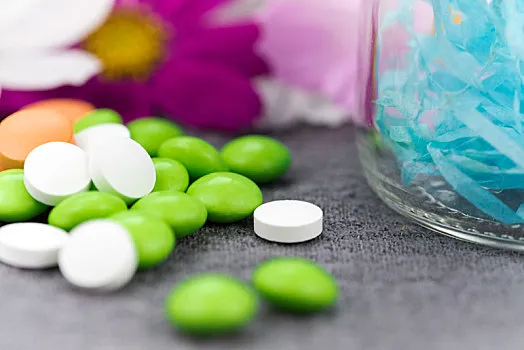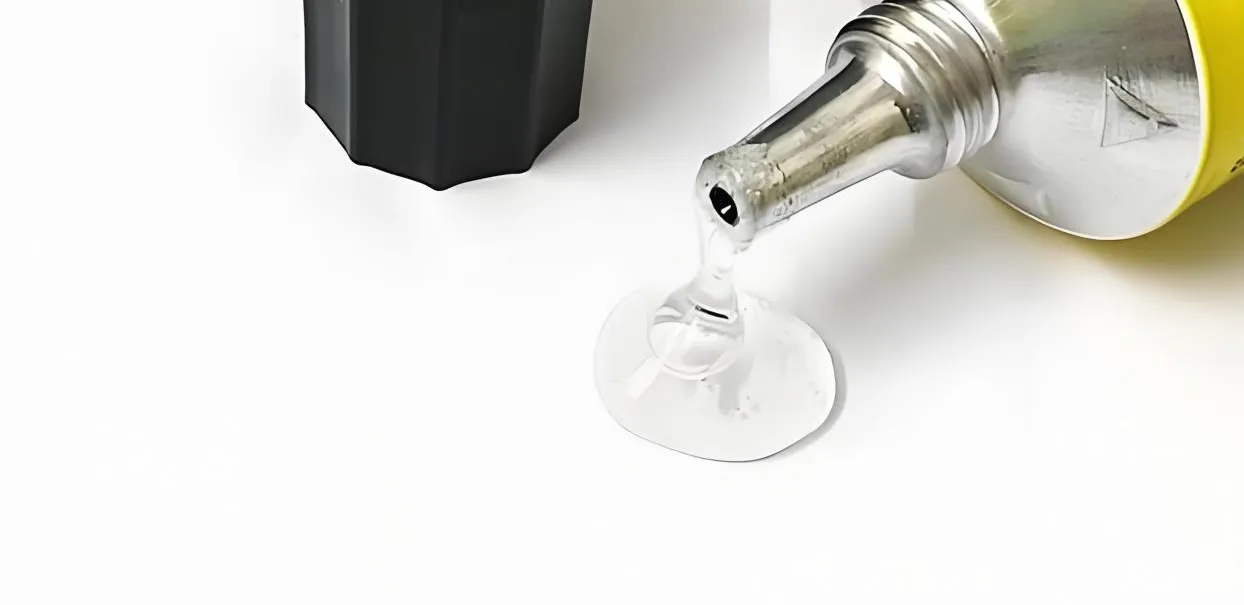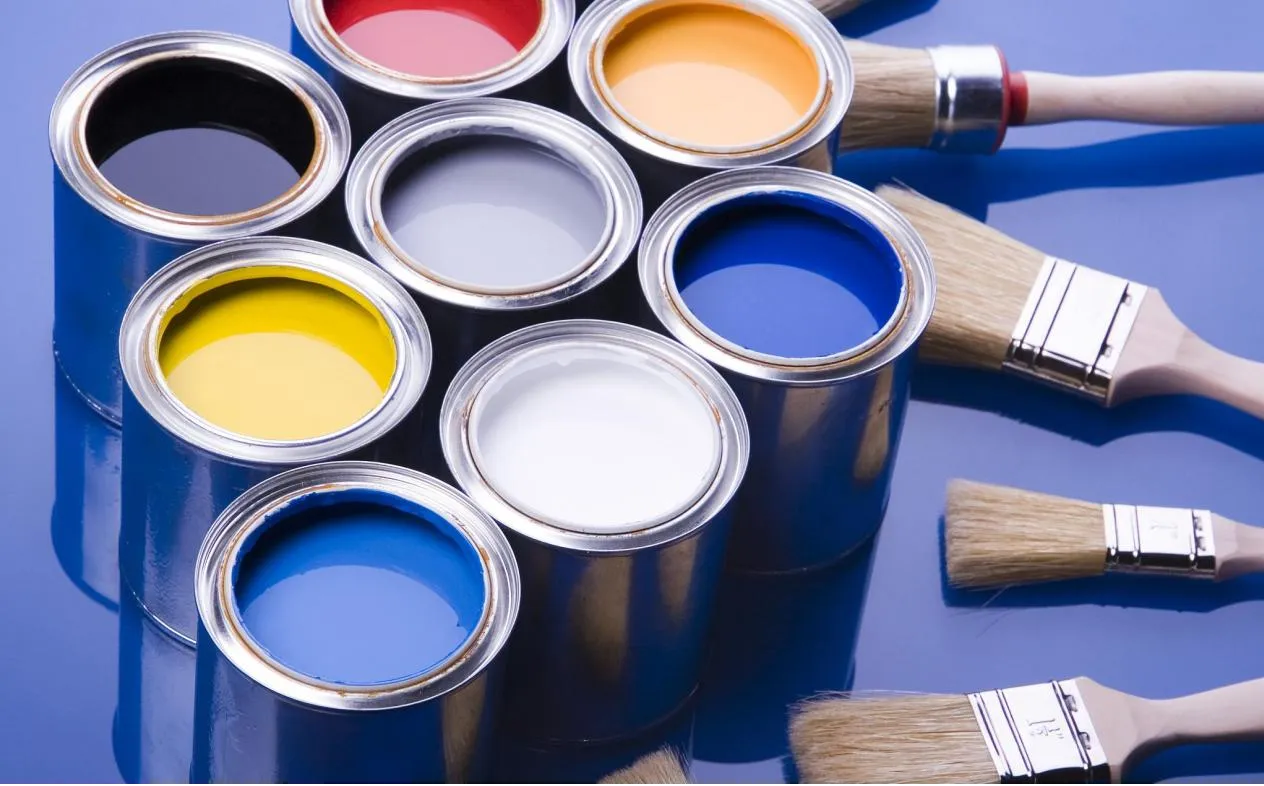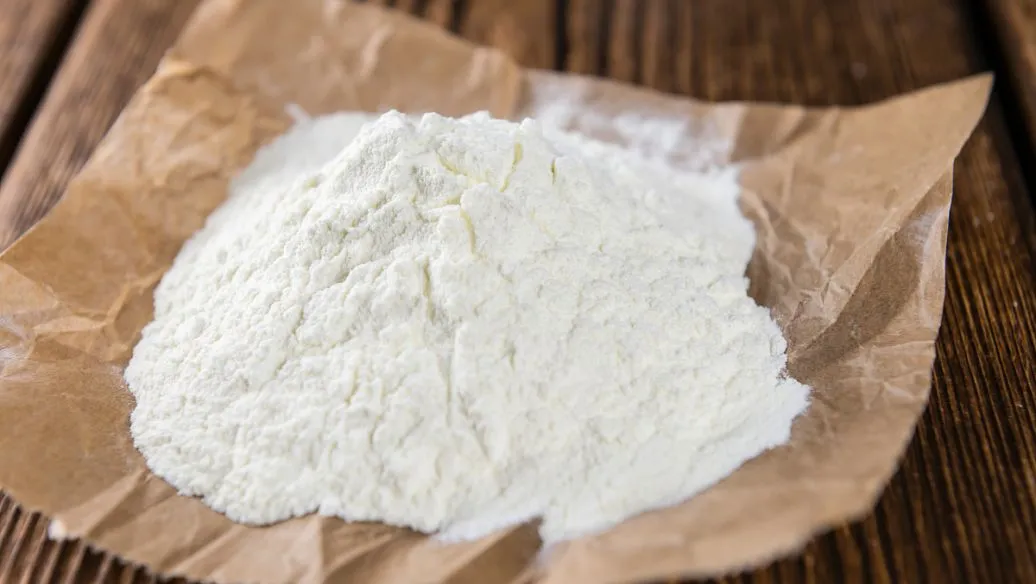
The Endless Versatility of Cellulose: From Fibers to Pharmaceuticals
Cellulose, the primary structural component of plant cell walls, is one of the most widely used natural polymers in the world. Its derivatives and applications span industries as diverse as construction, packaging, textiles, and pharmaceuticals. From microcrystalline cellulose in tablets to cellulose fiber in textiles, understanding the different forms and uses of this material is key for industries seeking sustainable and high-performance solutions.

This article will explore the different types of cellulose, their industrial applications, and how cellulose continues to drive innovation in both traditional and modern sectors.

Exploring the Different Types of Cellulose and Their Applications
Cellulose is obtained mainly from cotton, and it serves as the basis for numerous derivatives and materials. Here are some major categories:
Cellulose Fibers and Cellulose-Based Materials
Cellulose fiber is commonly used in textiles and paper products for its strength and breathability.
Cellulose based fibre is also gaining traction in sustainable fashion as an eco-friendly alternative to synthetic fibers.
Fiber made from cellulose retains the softness and absorbency of natural fibers while offering superior environmental performance.

Modified Cellulose Derivatives
- Selulosa mikrokristalinis widely used in pharmaceuticals, especially as a binder and filler. Its role in microcrystalline cellulose in tablets is crucial for providing structure and facilitating tablet disintegration.
- Sodium methyl celluloseand methyl cellulose adhesive are essential for construction and paper industries, offering excellent water retention and binding capabilities.
- Cellosize hydroxyethyl celluloseacts as a thickener and stabilizer in paints and personal care products.
- Carboxy cellulose(carboxymethyl cellulose) is another versatile derivative used in food, textiles, and pharmaceuticals.
- Cellulose acetate propionatecombines toughness and chemical resistance, making it ideal for coatings and films.
- Ethyl cellulose manufacturerssupply this derivative globally for use in controlled drug release systems and as a food glazing agent.
The microcrystalline cellulose price per kg varies depending on purity, particle size, and supplier location, but it remains an affordable and indispensable material in many industries.

Cellulose Applications in Everyday Products
Cellulose derivatives have become indispensable in countless products we use daily:
- Pharmaceutical Applications
In medicine, microcrystalline cellulose in tabletsensures consistent dosage, acts as a filler, and supports disintegration upon ingestion. Similarly, when people ask “What is hydroxypropyl methylcellulose used for?”, it serves as a coating agent for tablets, helping control drug release and protect active ingredients from moisture. - Industrial and Consumer Products
Cellulose tape is a biodegradable alternative to plastic-based tapes, widely used in packaging.

Methyl cellulose adhesive is preferred for wallpaper pastes and construction materials due to its non-toxic and water-soluble nature.
Cellulose acetate propionate is used in making spectacle frames, tool handles, and automotive parts, where durability and clarity are required.
- Textiles and Fibers
Cellulose fiberand cellulose based fibreare essential in modern textile manufacturing. Unlike synthetic fibers, they provide a natural feel, moisture absorption, and biodegradability—meeting the rising consumer demand for eco-conscious fashion.
With such diverse applications, cellulose is not just a natural polymer; it is the backbone of many industries seeking sustainable growth.

Five FAQs About Cellulose
What are the different types of cellulose?
The main types include natural cellulose (used in fibers and paper) and modified derivatives such as microcrystalline cellulose, methyl cellulose, and ethyl cellulose.
What is microcrystalline cellulose used for in tablets?
It acts as a binder and filler, ensuring tablets hold their shape and disintegrate properly during digestion.
What is cellulose tape made of?
Cellulose tape is made from regenerated cellulose, offering a biodegradable and eco-friendly alternative to plastic-based tapes.
What is hydroxypropyl methylcellulose used for?
It’s used as a tablet coating agent, thickener in food and cosmetics, and water retention aid in construction materials.
How much does microcrystalline cellulose cost per kg?
The microcrystalline cellulose price per kgvaries by grade, supplier, and quantity. Contacting trusted suppliers is the best way to get accurate pricing.
Alternate Titles
Cellulose and Its Derivatives: The Building Blocks of Modern Industry
The Many Faces of Cellulose: From Fibers to Pharmaceuticals
A Complete Guide to Cellulose: Types, Applications, and Global Demand
Sustainable and Versatile: Why Cellulose Leads Material Innovation
Microcrystalline Cellulose, Fibers, and Beyond: Applications Across Sectors
-
Hydroxypropyl Starch as a Sustainable Construction AdditiveNewsNov.24,2025
-
The Gelation Properties of CMCNewsNov.21,2025
-
Redispersible Latex Powder and Water Retention CapacityNewsNov.21,2025
-
Dosage Control for Polycarboxylate Water ReducerNewsNov.21,2025
-
Film-Forming Properties of Polyvinyl AlcoholNewsNov.21,2025
-
The Function of Gypsum Additives in MortarNewsNov.21,2025





















